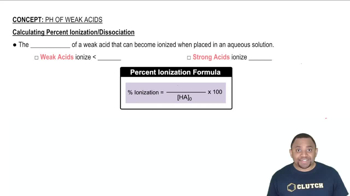Textbook Question
Assume that an aqueous solution of a cation, represented as a red sphere, is allowed to mix with a solution of an anion, represented as a yellow sphere. Three possible outcomes are represented by boxes (1)–(3):
Which outcome corresponds to each of the following reactions?
(a) 2 Na+(aq) + CO32-(aq) S
(b) Ba2+(aq) + CrO42-(aq) S
(c) 2 Ag+(aq) + SO32-(aq) S
590
views




